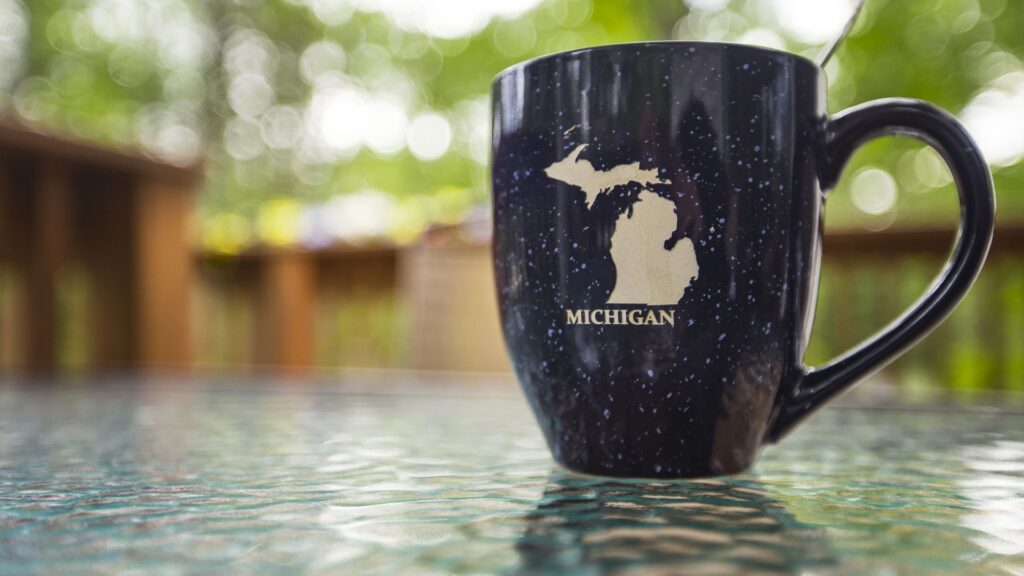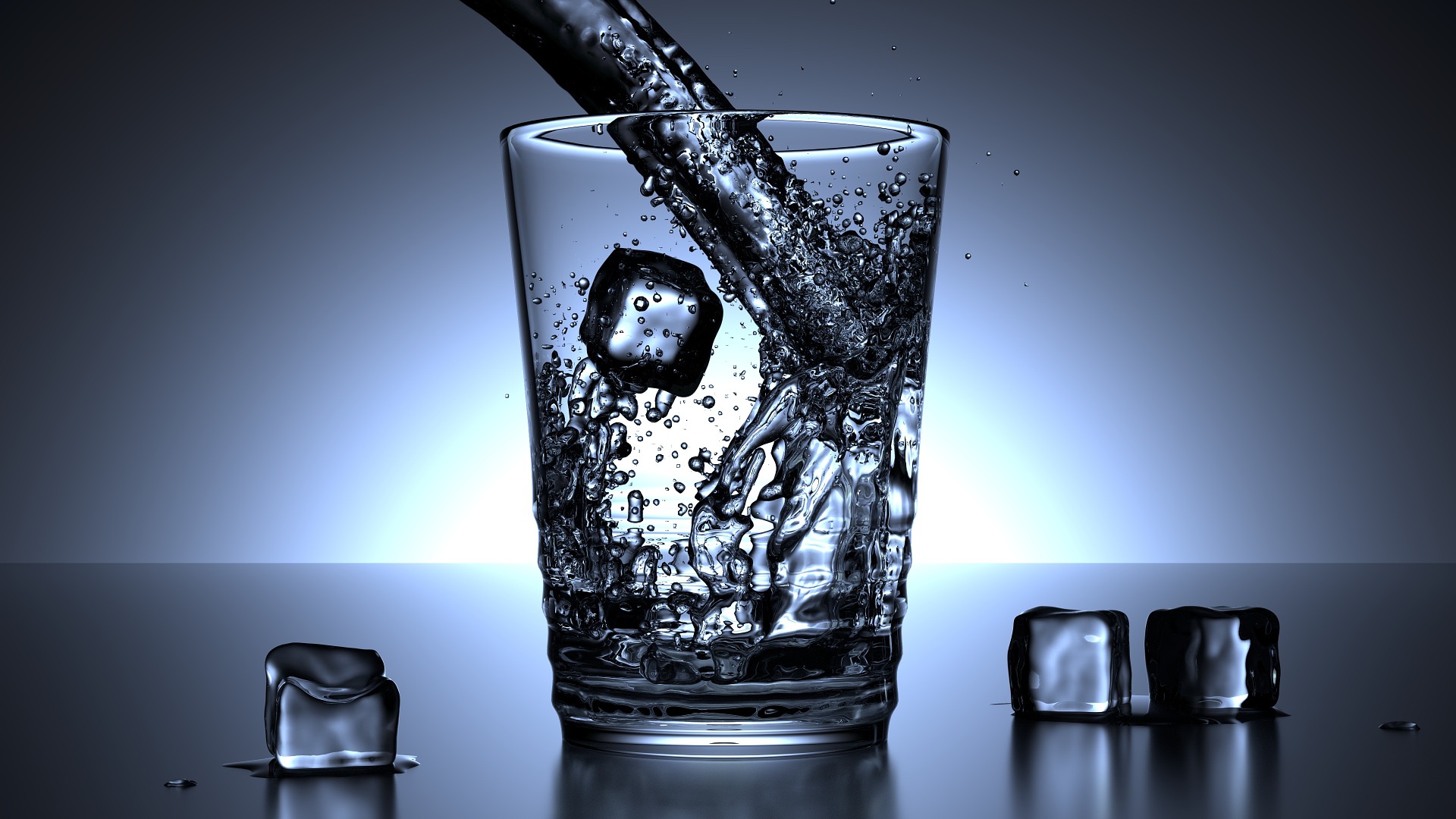When considering clean and reliable water resources in Michigan, most people first think of the Great Lakes. However, there’s an overlooked water source that has provided countless residents for generations: private wells. An extensive network of private wells dots the landscape, supplying water to rural and suburban homes. These private wells offer homeowners a degree of autonomy and control over their water supply, as they are not connected to municipal water systems.
The Significance of Private Water Wells
Self-Sufficiency:
Private wells empower homeowners to have their own water source, reducing dependence on municipal water supplies and potentially saving on water bills.
Water Quality:
Many private well owners attest to the superior taste and quality of well water, which often comes from underground aquifers free from the chlorine and additives present in treated city water.
Environmental Impact:
By relying on their wells, homeowners can help reduce the strain on municipal water treatment facilities and decrease their ecological footprint.
Things to Consider Regarding Private Water Wells
Water Quality Testing:
Regular testing for contaminants like bacteria, nitrates, and arsenic is crucial to ensure the safety of well water. Michigan residents should take advantage of the state’s free well water testing program to assess water quality.
Maintenance:
Private well owners need to invest in regular well maintenance to ensure their systems operate efficiently and reliably. This includes checking pumps, pressure tanks, and well casings.
Regulations:
Michigan has specific regulations governing private wells, and homeowners must comply with these guidelines to ensure their wells meet safety standards.
Vulnerability to Contaminants:
Private wells are vulnerable to contamination from various sources, including nearby septic systems, agricultural runoff, and industrial pollutants. Ensuring proper well construction and maintenance is essential to minimize these risks.
Protecting Michigan’s Well Water
- Test your water regularly and follow recommendations for water treatment or filtration if necessary.
- Work with licensed contractors for installation, repair, and maintenance.
- Be aware of potential sources of contamination in the vicinity of the well.
- Stay informed about state regulations related to private wells.
Private wells supplying homes in Michigan are vital in providing clean and reliable water to residents across the state. While they offer numerous benefits, homeowners must also be diligent in ensuring the safety and quality of their well water. By taking proactive steps and adhering to state regulations, Michigan residents can continue to enjoy the advantages of private well ownership while protecting their health and the environment for future generations.
If you have well water, contact the experts at Reynold’s Water for testing and solutions for treating water and more!
Reynolds Water Conditioning was established in 1931 and is Michigan’s oldest water conditioning treatment company. Still owned and operated by the Reynolds family, we take pride in providing the highest quality products at a cost-effective price. If your tap water lacks the quality you deserve, contact us today at 800-572-9575.
Written by the digital marketing team at Creative Programs & Systems: www.cpsmi.com










